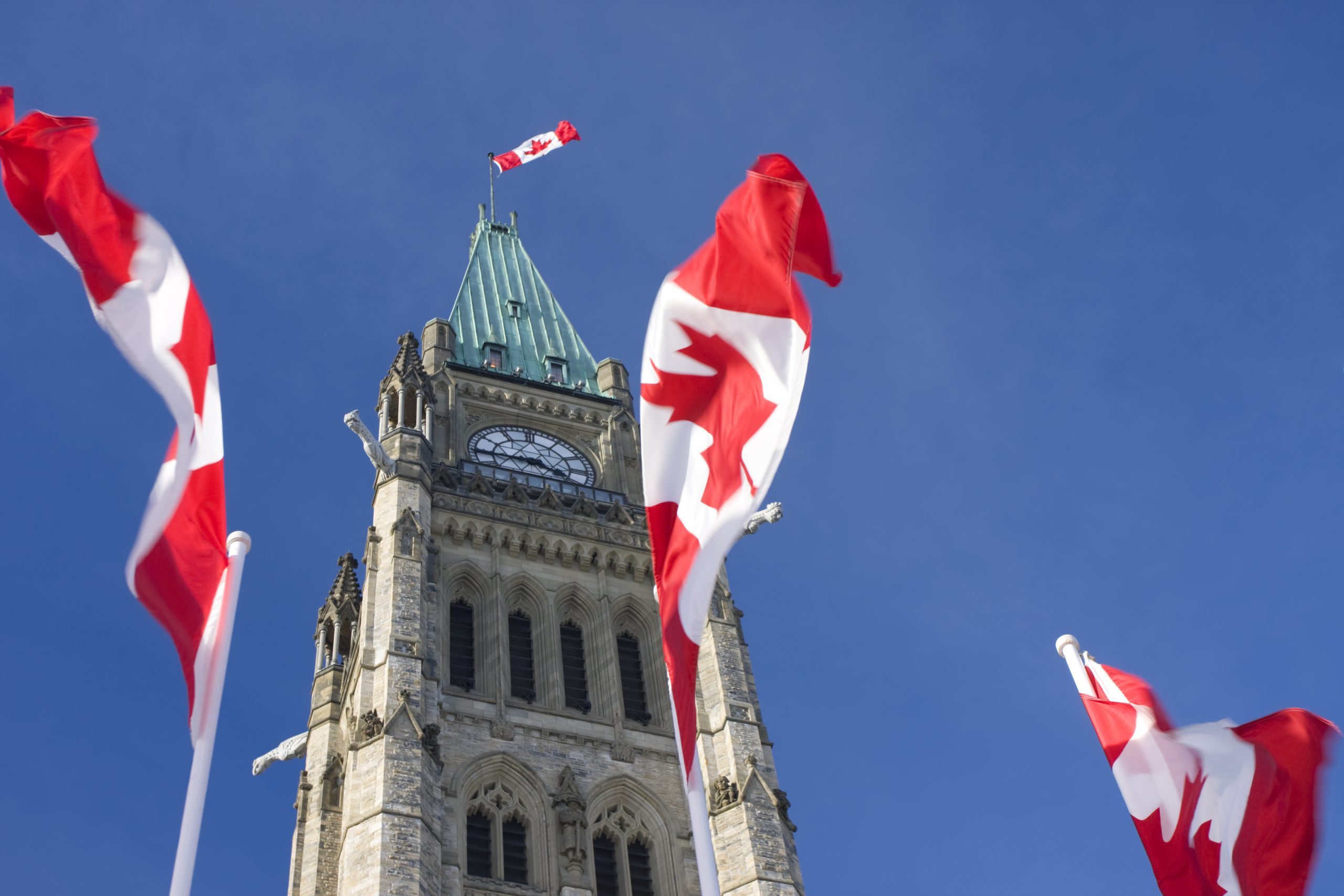How you – and your kids – can get the most from the Canada Child Benefit.
The kids need shoes, books, sports equipment. And it’s so important to save for their future education.
As an education member with a family, you’re used to your paycheque having to go a long, long way. You may be saving for a down payment for a home, a renovation, or for your retirement. And of course, you want to build an emergency fund to ensure your family’s cash flow.
The Canada Child Benefit can help you save.
When the Canada Child Benefit (CCB) replaced the Canada Child Tax Benefit (CCTB) and Universal Child Care Benefit (UCCB) in July 2016, many middle-class Canadians received a bonus – an increase in child benefits.
How much should you receive?
Under the CCB, the amount you receive is based on your family’s taxable income. (And remember, it’s tax-free!) In July 2018, the benefits became indexed to inflation. In addition, the maximum benefit per child under 6 increased to $6,496 in 2018-19 from $6,400. For children aged 6 to 17, the benefit increased to $5,481 per child from $5,400. Household index thresholds changed, too: the first threshold rose to $30,450 from $30,000 and the second threshold rose to $65,975 from $65,000.
To find out what you’re eligible to receive under CCB, go here.
Here are some examples of how much families with one child under the age of six receive:
- Families with net income of $90,000 receive $3,240 a year;
- Families with net income of $150,000 receive $1,320 a year.
Helping you help your kids.
There are lots of ways you could spend the extra money you may get from the CCB, but as an educator, here are some of the best.
Registered Education Savings Plan (RESP)
First – put the CCB towards your child’s future education by contributing to a Registered Education Savings Plan (RESP). The cost of post-secondary education is only going one way, which is up. “Statistics Canada says that in 16 years, the cost of an undergraduate degree for Canadian students living away from home will rise to $137,000”, says Educators Certified Financial Planner professional Jamie Cote. Why not let the government help? The Canadian Education Savings Grant (CESG) will give you an immediate return on the money you contribute, to a maximum of 20% or $500 per child, per year. You can find out the details in articles in The Learning Centre, or speak with an Educators Financial Planner.
Registered Disability Savings Plan (RDSP)
If your child qualifies, you may also want to contribute to a Registered Disability Savings Plan (RDSP), which has the advantage of being able to be supplemented with matching Canada Disability Savings Grants (CDSGs) and Canada Disability Savings Bonds (CDSBs). For example, in 2016 if you contributed $125 a month to an RDSP for your child, you could have received up to $3,500 in CDSGs and another $1,000 in CDSBs. The specific amounts would depend on your family income.
Emergency Fund
Of course, it’s also a good idea for any family to have a healthy emergency fund you can call on when there’s a special need … say, on dental braces for your 12-year-old twins, or a terrific vacation that you and your kids deserve. Jamie suggests that your emergency fund should be the equivalent of 3 months’ living expenses, or more.
For more information on Canada Child Support Benefits and how to make the most of them for your financial planning, talk to an Educators Financial Group Financial Advisor.
We’re dedicated to helping members of the education community with all their financial needs. Call us today at 1.800.263.9541.
Sources:
http://www.budget.gc.ca/2016/tool-outil/ccb-ace-en.html


